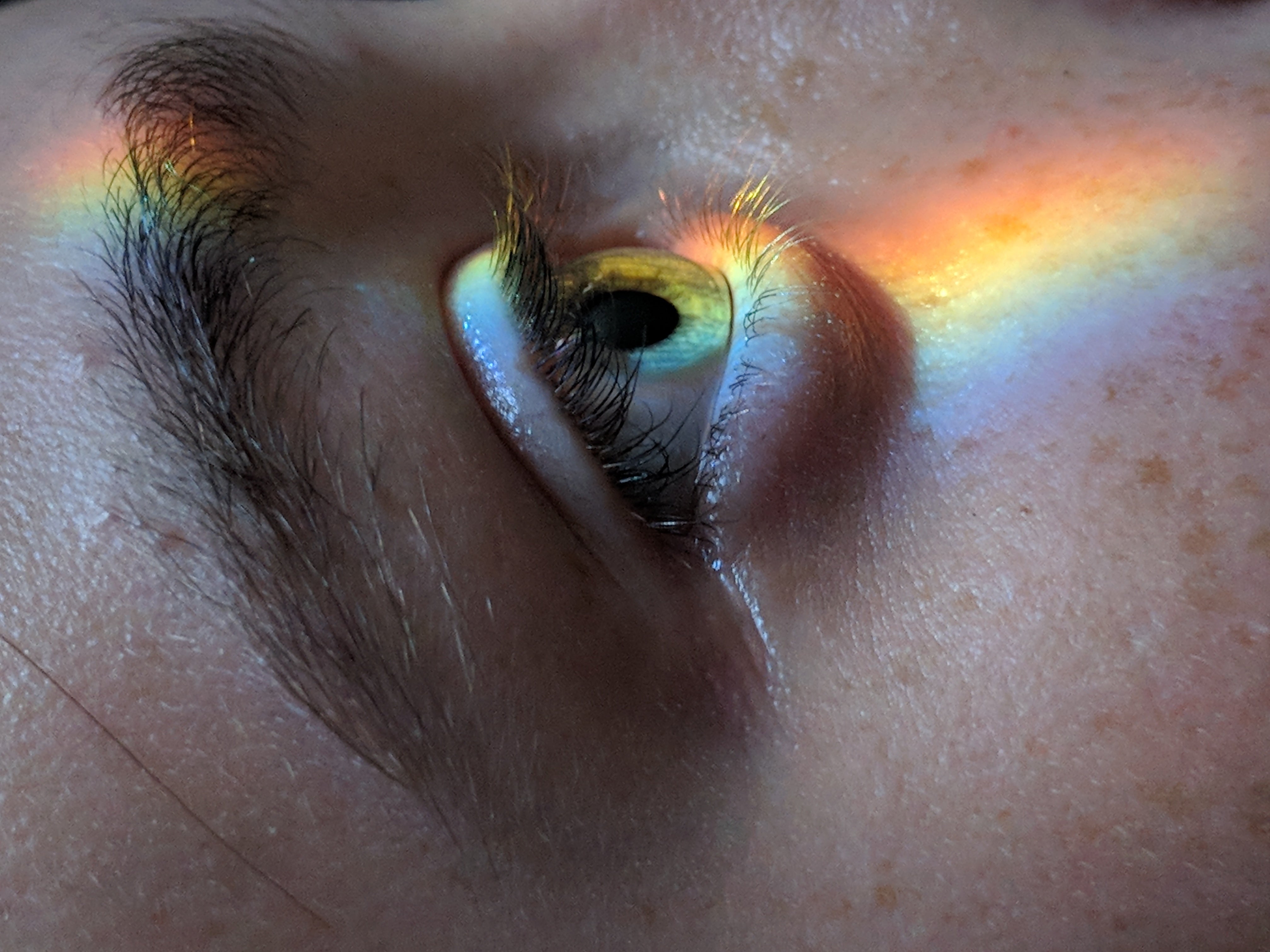Vision and Breathing May Be the Secrets to Surviving 2020
Stanford neurobiologist Andrew Huberman discusses the two things we can always control, even during a high-stress election and scary COVID pandemic
By Jessica Wapner on November 16, 2020
Vision and Breathing May Be the Secrets to Surviving 2020

Credit: Bonnie Tarpey Getty Images
We are living through an inarguably challenging time. The U.S. has been facing its highest daily COVID-19 case counts yet. Uncertainty and division continue to dog the aftermath of the presidential election. And we are heading into a long, cold winter, when socializing outdoors will be less of an option. We are a nation and a world under stress.
But Andrew Huberman, a neuroscientist at Stanford University who studies the visual system, sees matters a bit differently. Stress, he says, is not just about the content of what we are reading or the images we are seeing. It is about how our eyes and breathing change in response to the world and the cascades of events that follow. And both of these bodily processes also offer us easy and accessible releases from stress.
Huberman’s assertions are based on both established and emerging science. He has spent the past 20 years unraveling the inner workings of the visual system. In 2018, for example, his lab reported its discovery of brain pathways connected with fear and paralysis that respond specifically to visual threats. And a small but growing body of research makes the case that altering our breathing can alter our brain. In 2017 Mark Krasnow of Stanford University, Jack Feldman of the University of California, Los Angeles, and their colleagues identified a tight link between neurons responsible for controlling breathing and the region of the brain responsible for arousal and panic.
This growing understanding of how vision and breathing directly affect the brain—rather than the more nebulous categories of the mind and feelings—can come in handy as we continue to face mounting challenges around the globe, across the U.S. and in our own lives. Scientific American spoke with Huberman about how it all works.
[An edited transcript of the interview follows.]
Snip...
More at the link.
https://www.scientificamerican.com/article/vision-and-breathing-may-be-the-secrets-to-surviving-2020/
❤lmsp
cilla4progress
(26,003 posts)his book about breathing?
Mrjamesnestor com
littlemissmartypants
(26,076 posts)But I found this! And it looks really interesting! Thanks for the suggestion.
![]()
❤lmsp
cilla4progress
(26,003 posts)Yeah, I heard him on an Outside podcast!
Silver Gaia
(4,918 posts)Looks interesting. Thanks!
littlemissmartypants
(26,076 posts)Cracklin Charlie
(12,904 posts)littlemissmartypants
(26,076 posts)BigmanPigman
(52,463 posts)our "dreams/visions" as we are falling asleep and our breathing has adjusted are the most relevant. Too bad they are often forgotten messages.
littlemissmartypants
(26,076 posts)Duncan Grant
(8,563 posts)This is a powerful bit of knowledge - that physiological sighs are especially helpful to mitigate stress. In other words, it’s helpful in moments of anger and anxiety.
The next time I’m worked up about the recently impeached and defeated President (or his enablers), I’ll give it a try.
littlemissmartypants
(26,076 posts)Hekate
(95,577 posts)littlemissmartypants
(26,076 posts)SunSeeker
(54,200 posts)And like your diaphragm, you can control both to change your mood:
Yes: panoramic vision, or optic flow. When [you] look at a horizon or at a broad vista, you don’t look at one thing for very long. If you keep your head still, you can dilate your gaze so you can see far into the periphery—above, below and to the sides of you. That mode of vision releases a mechanism in the brain stem involved in vigilance and arousal.
One can actually turn off the stress response by changing the way that we are viewing our environment, regardless of what’s in that environment.
...
You are also researching breathing as a way to regulate autonomic arousal.
Yes. Vision and breathing are, without question, the fastest and most obvious ways to control autonomic arousal. The way we breathe impacts our states of stress very strongly.
Data show that during sleep and claustrophobic states, people and animals generate what are called “physiological sighs,” double inhales followed by exhales. Children also do this when they are sobbing. A physiological sigh, two or three times, is the fastest way that we are aware of to bring the level of autonomic arousal back down to baseline.